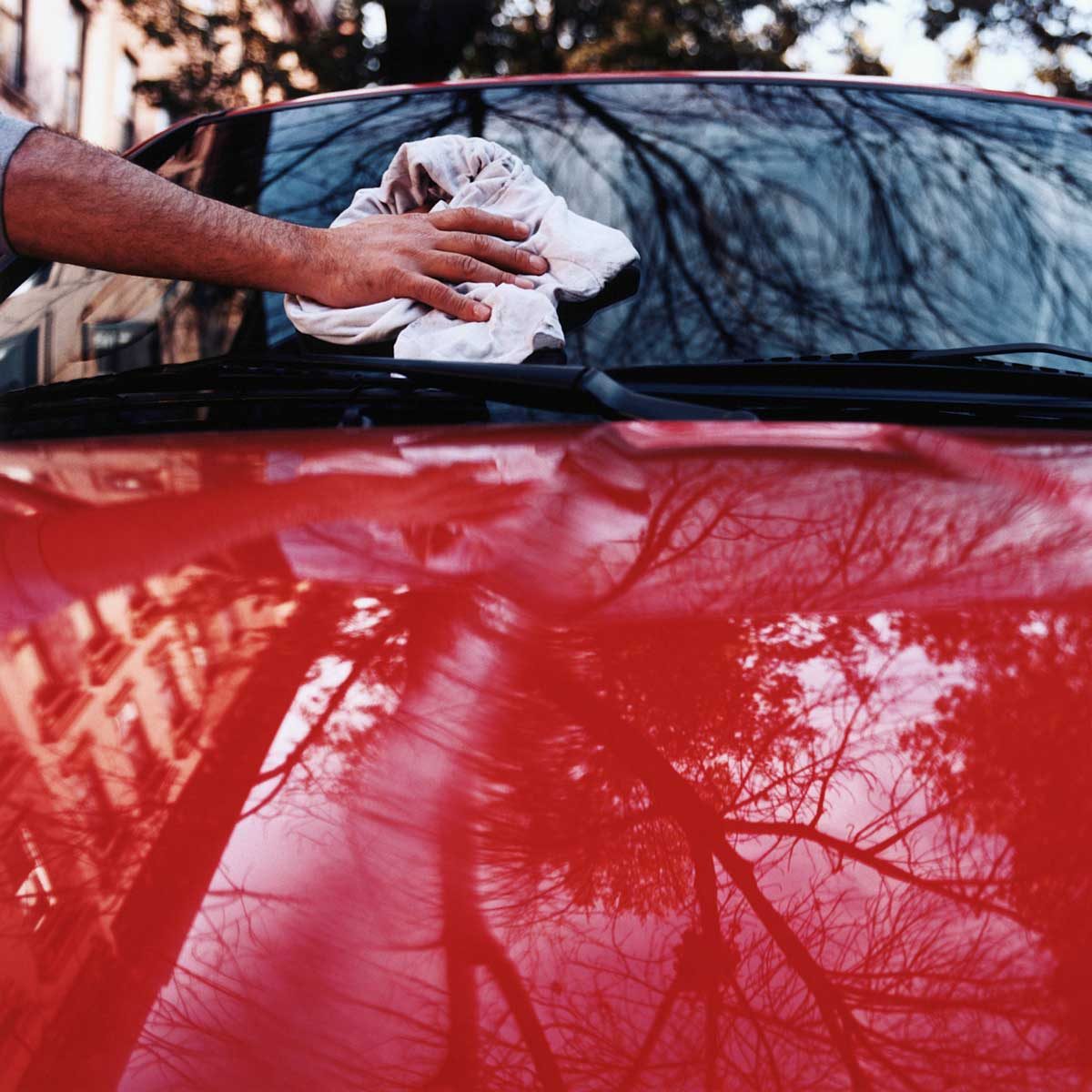Auto detailing enhances your car’s appearance and resilience against the elements, and part of that process involves applying different substances to the paint. Two of the most common are polishing and waxing, and both are important for giving your car’s paint the best appearance and protection possible.
But the two are often confused. Polish is abrasive, and its main job is to remove minor blemishes from the top protection coat. Wax, on the other hand, adds a protective layer to shield your clear coat.
“Polish and wax are like skincare for your car, one exfoliates and the other moisturizes,” says Kevin Oliff, general manager at AutoNation BMW Buena Park. “You need both, but they’re not the same thing.”
If you’re new to auto detailing and want to learn, it helps if you understand more about what car wax and polish are and the differences between them and when to apply each.
Here’s how to get started.
What Is Car Polish?
Car polish is a mildly abrasive liquid compound designed to clean, smooth and enhance the sheen of automobile paint. Over time, the paint and clear coat on your car develops small scratches, marks and microscopic roughness from oxidization. This makes the once-shiny paint look dull, old and unattractive.
Folks who use vehicles strictly for getting from Point A to Point B might not mind this worsening appearance. But car lovers everywhere know that with the right products and knowledge, a car’s looks can be greatly restored. One of those products is car polish.
Best applied by a power polisher (also called an orbital buffer), car polish comes in a bottle designed to dispense onto the polisher’s foam application pad. Then it’s gently massaged over the car’s paint, smoothing the imperfections and restoring the factory sheen.
What Is Car Wax?
Like polish, properly applied car wax improves the appearance of vehicle paint. Unlike polish, wax also offers protection. Available in firm paste and liquid, natural and synthetic, all car wax is applied in basically the same way. Rub it onto the vehicle in a thin layer, allow it to dry, then buff off the excess. Buffing can be done either by hand or with a power buffer.
If applied properly, wax not only makes the vehicle extra shiny, but forms a protective layer that lasts anywhere from a few weeks to a few months, depending on the product.
When to Use Car Polish vs. Car Wax
In my experience, car polish and car wax are both essential parts of proper auto detailing. A polishing job won’t look great for long if it’s not protected by wax, and wax won’t bring out nearly the same sheen if applied on unpolished car paint.
The best approach is to thoroughly wash the car first, using water and car soap. Rinse it, then let it dry. Next, apply polish on your car, going over the entire vehicle body for as long as needed to remove all surface marks and dullness. Rinse the polish residue off, dry the car, then finish by applying quality car wax and buffing.
FAQ
How long does car wax last?
Car wax generally lasts between one to six months, depending on the product, weather exposure and frequency of washing. “Most waxes last six to eight weeks, but some high-end or ceramic-infused options can protect longer,” says Parham Koukia, lead detailer and operations manager at Panda Hub. “Ceramic wax may even last upwards of one year.”
Are there eco-friendly options for wax and polish?
Yes. Look for water-based and low-VOC polishes and plant-based, biodegradable waxes.
“We’re big on using products that perform without harming the planet, and there’s a growing market for that now,” says Branden Waltz of Elite Pro.
About the Experts
- Parham Koukia is lead detailer and operations manager at Panda Hub in Toronto. He has spent more than a decade mastering the art of car detailing, after turning his passion for automobiles into his profession.
- Branden Waltz is the owner of Elite Pro, a car detailing business in Charleston, South Carolina, specializing in detailing, ceramic coat and window tinting.
- Kevin Oliff is the general manager at AutoNation BMW Buena Park in California and has more than 20 years of experience in the automotive field.





















